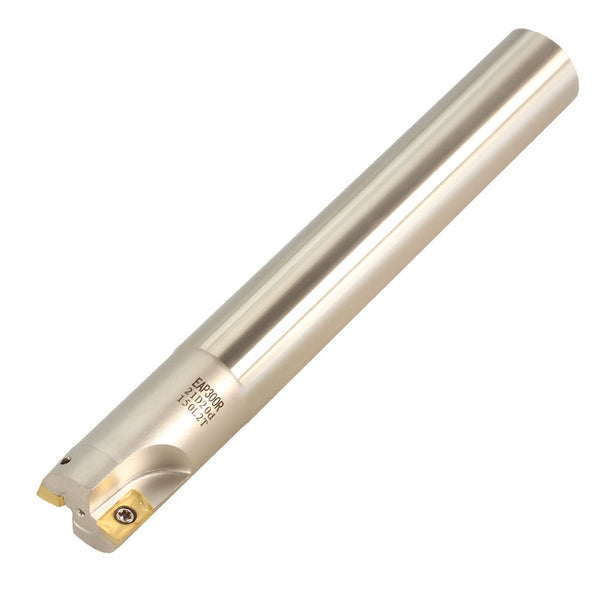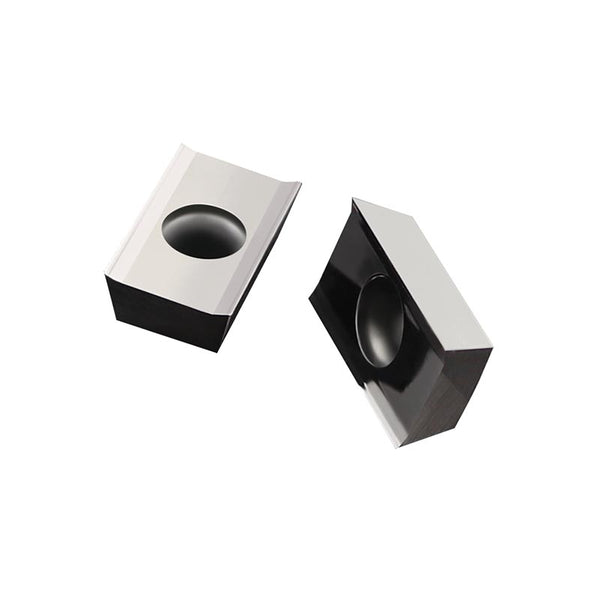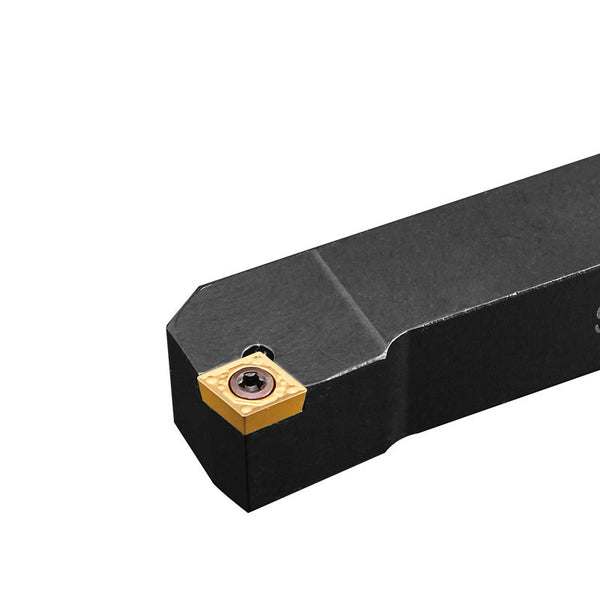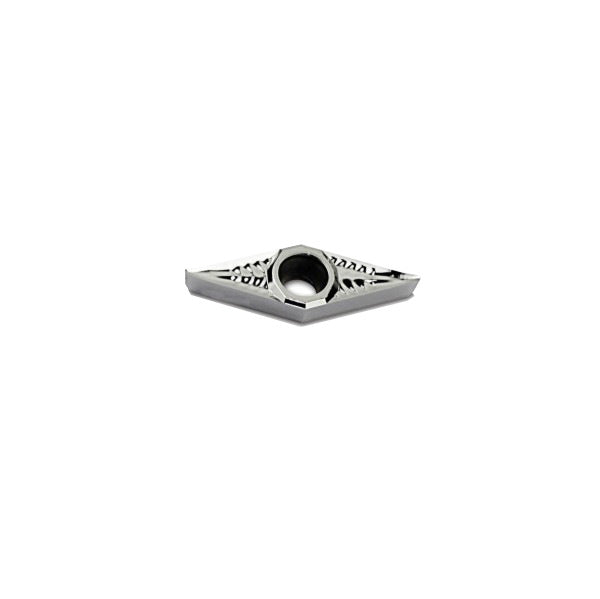Precision in Rotation: An In-depth Look at Overview and Applications of Turning Inserts

Introduction:
In the realm of CNC (Computer Numerical Control) machining, turning operations stand as pillars of precision, shaping raw materials into intricate components with unparalleled accuracy and finesse. At the heart of these turning operations lie turning inserts, the unsung heroes of the machining world. In this comprehensive guide, we delve into the overview and applications of turning inserts, unraveling their intricacies, designs, and significance in the dynamic landscape of modern machining.
Understanding Turning Inserts:
Before delving into the intricacies of turning inserts, it's essential to grasp the fundamental role these components play in machining. Turning inserts, also known as lathe inserts or turning tools, are replaceable cutting tips meticulously crafted for turning operations on lathes or CNC turning machines. They come in various shapes, sizes, and materials, each tailored to specific turning applications and requirements.
Overview of Turning Inserts:
Turning inserts typically feature a geometrical shape with multiple cutting edges, allowing for efficient material removal and surface finish generation. These inserts are mounted onto turning toolholders, which are then secured onto lathe toolposts or CNC tool turrets. The cutting edges of turning inserts come in various configurations, including single-sided, double-sided, and multi-sided designs, each offering distinct advantages in terms of cutting performance and tool life.
Applications of Turning Inserts:
Turning inserts find applications across a wide range of turning operations, from roughing to finishing, across various materials and cutting conditions. Let's explore some common applications of turning inserts and their significance in the manufacturing industry:
1. Facing Operations:
- Overview: Facing operations involve removing material from the end face of a workpiece to create a flat surface perpendicular to the rotational axis.
- Applications: Turning inserts are commonly used in facing operations to create precise and flat end surfaces on cylindrical workpieces, such as shafts, hubs, and flanges.
- Advantages: Turning inserts offer high precision and surface finish quality, making them ideal for facing operations where tight tolerances and smooth surfaces are required.
2. Turning Operations:
- Overview: Turning operations involve removing material from the external diameter of a workpiece to achieve the desired shape, diameter, and surface finish.
- Applications: Turning inserts are widely used in external turning operations to machine cylindrical, conical, and contoured surfaces on workpieces, such as shafts, rods, and pins.
- Advantages: Turning inserts provide efficient material removal rates, excellent chip control, and long tool life, making them suitable for both roughing and finishing turning operations.
3. Grooving Operations:
- Overview: Grooving operations involve cutting narrow channels or grooves on the external or internal surfaces of a workpiece to accommodate features such as O-rings, snap rings, and circlips.
- Applications: Turning inserts are utilized in grooving operations to create precise and uniform grooves with tight tolerances and surface finish requirements.
- Advantages: Turning inserts offer excellent chip control and tool life in grooving operations, allowing for high productivity and consistency in groove dimensions.
4. Parting Operations:
- Overview: Parting operations involve cutting off a workpiece from the parent material to create separate components or parts.
- Applications: Turning inserts are utilized in parting operations to create clean and precise cuts, separating finished components from the raw material stock.
- Advantages: Turning inserts offer high cutting efficiency, minimal tool wear, and precise cutting depths in parting operations, ensuring dimensional accuracy and surface finish quality in the parted components.
TAGS:
SHARE:





